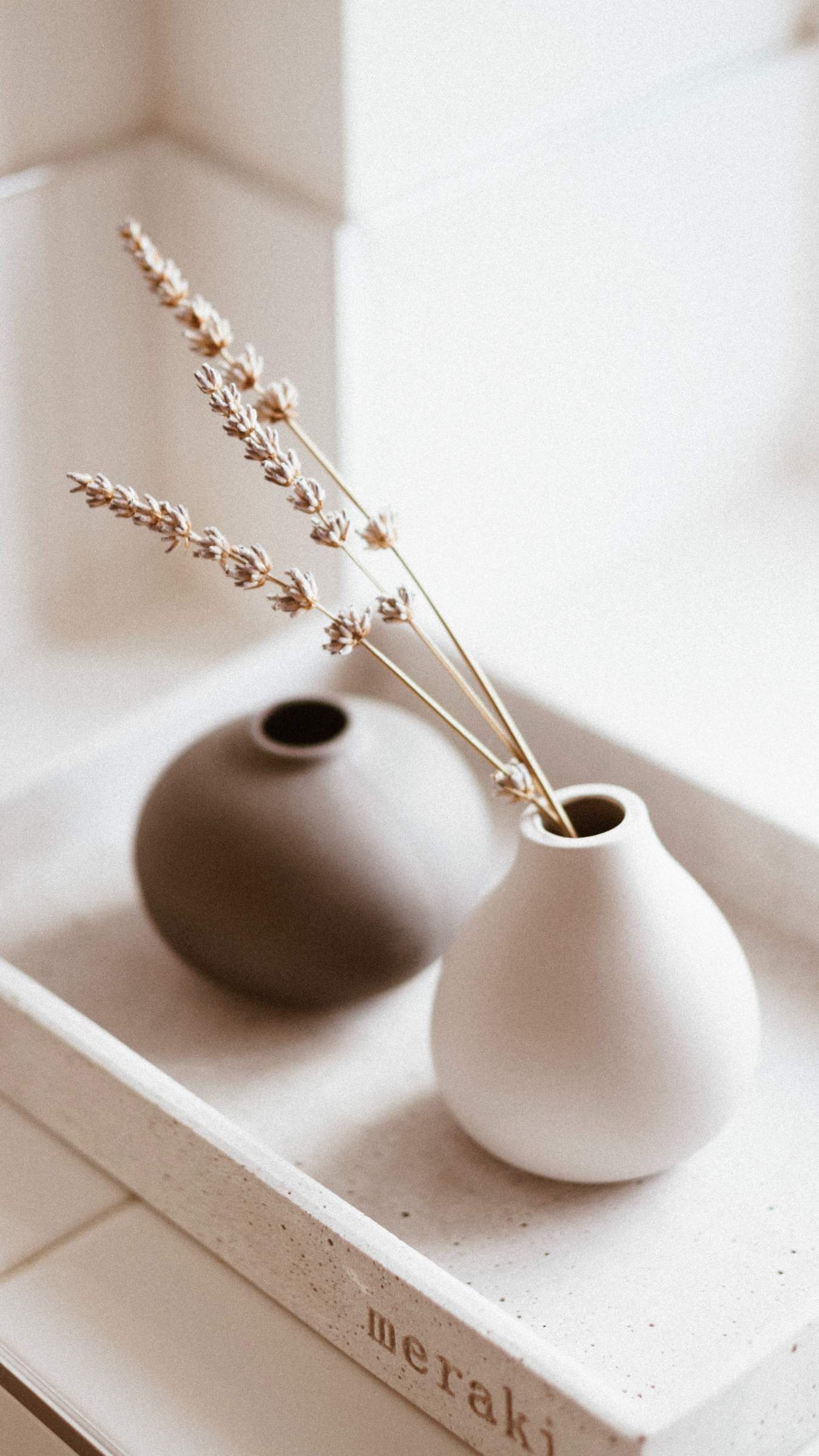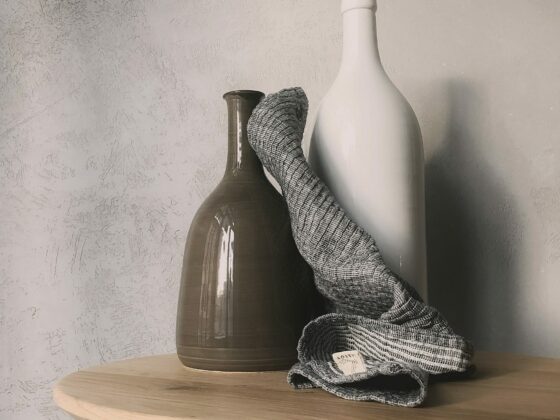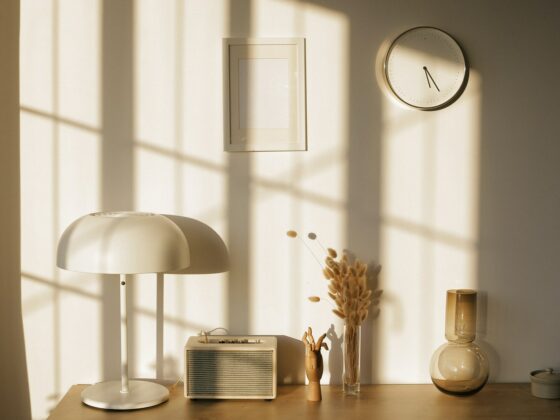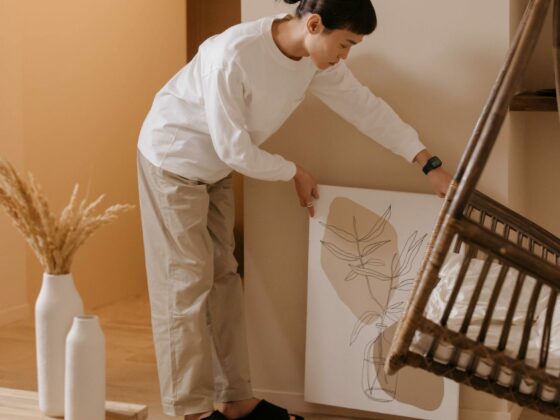Table of Contents
This article contains affiliate links for which I may receive a small commission, at no additional cost to you, should you decide to make a purchase by using them. Learn More
What we have defines us. Our possessions, right down to the clothes on our back, the things we have, show the world every little thing about you.
And like any average person, you like having things that give you a sense of belonging. But is it worth having so much?
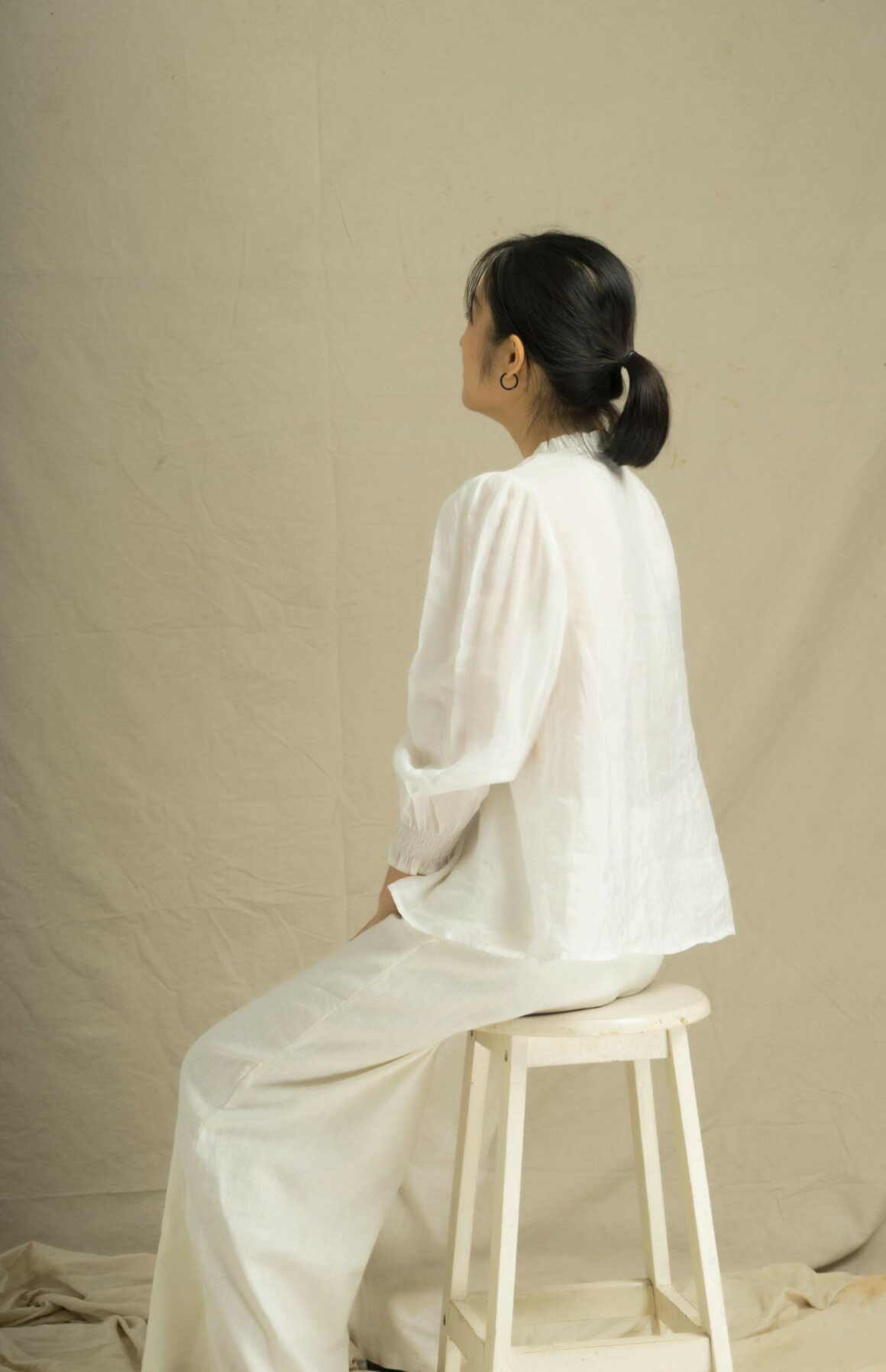
Minimalism, or the art of living a simple life, does not deprive you of your personal belongings. But it eases the path. It shows you a shorter, more manageable plan of what you are. In short, it simplifies everything. And contrary to what some people believe about minimalism, it doesn’t turn your lifestyle into something only the uber elite can partake.
“Being broke means I keep things with me, so I know who I am” is the wrong way of thinking. If you’re unfortunate not to have enough financial backing, not having too many things works perfectly in your favor. It ticks all the right boxes in terms of your necessities and doesn’t fill your home with useless knick-knacks.
So, how do you start on this journey?
First, let’s find out what minimalism means, then I’ll provide you with a guide on what the ideal minimalist lifestyle entails.
What You Should Know about Minimalism
You might already know plenty about minimalism. But are you aware of the core concept?
Minimalism encourages zero waste and discourages excessive spending. In a way, minimalism allows you to detox your surroundings of everything you may not need. And that doesn’t only include the old clothes you no longer wear. From old subscriptions and full inboxes to cluttered drawers and overwhelmed personal spaces, minimalism cleanses you.
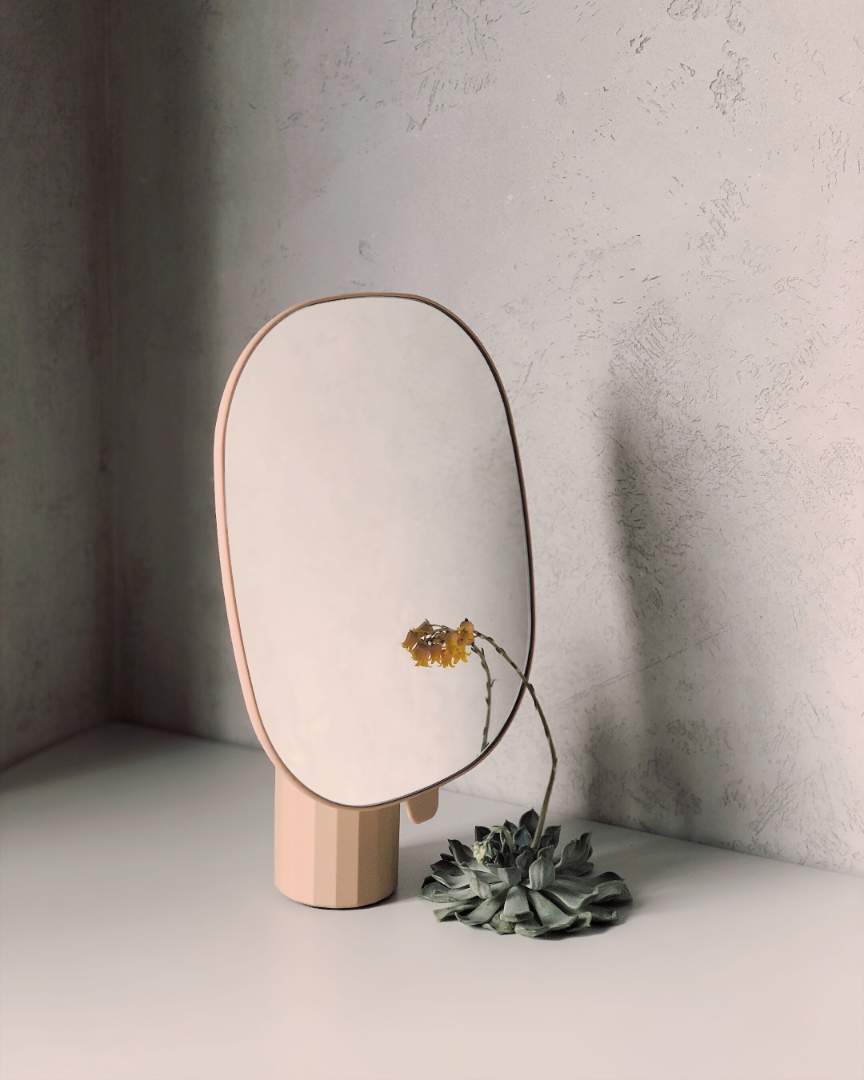
Simplifying your surroundings gives you the space you need to be more creative and energetic and to find comfort and peace when you need it.
So, how do you begin your journey into minimalism? Ask yourself the following questions:
- How will minimalism benefit my life?
- What areas of my life need de-cluttering?
- What should be minimal space look like?
- Do I need someone to participate in this process with me?
- How long will it take for me to reach the final stage?
Minimalism isn’t magic. It won’t miraculously change your life, but it will help you go down the right path. It will also show you how little things in your life add stress.
Often, we feel so overwhelmed by everything that goes on in our life. But we don’t realize is that all we need is a little organization. Keep in mind, though; this organization does take time. It doesn’t fix everything within a few days, or even weeks. But it does make things easier.
Whether you need someone with you is another matter. Minimalism isn’t a team project. But, if you have someone who is just as passionate as you about arranging life properly, it won’t hurt to have another partner.
How Do I Start a Minimalist Lifestyle?
Educate Yourself
Minimalism affects all aspects of your life. It doesn’t matter if you approach it from a spiritual, mental, or practical standpoint. However you want to utilize minimalism, you’ll find plenty of information on it.
So, educate yourself. There’s so much you can learn about minimalism and how it affects your living circumstances. Catch up on all the ways you want to improve your life, and don’t hesitate to go into other fields of study and how they relate to minimalism.

Consider it as an umbrella term. Minimalism covers all the bases. So, let’s say if you want to use minimalism to clear out some practical clutter, do so. But, you’ll be surprised by how quickly this practice will affect your mental state too. Learn what you can about that. You’ll find yourself delving into the field of minimalism more as you begin to live the lifestyle. Embrace that feeling.
Find Out if You Can Be Minimal
Truth be told, the minimalist lifestyle is not for everyone.
So, before you start working through your life, you’ll want to be sure you can stick to the main rules of the ideology at all. Sure, you may want to pursue the lifestyle, but will you be able to do it in the long run?
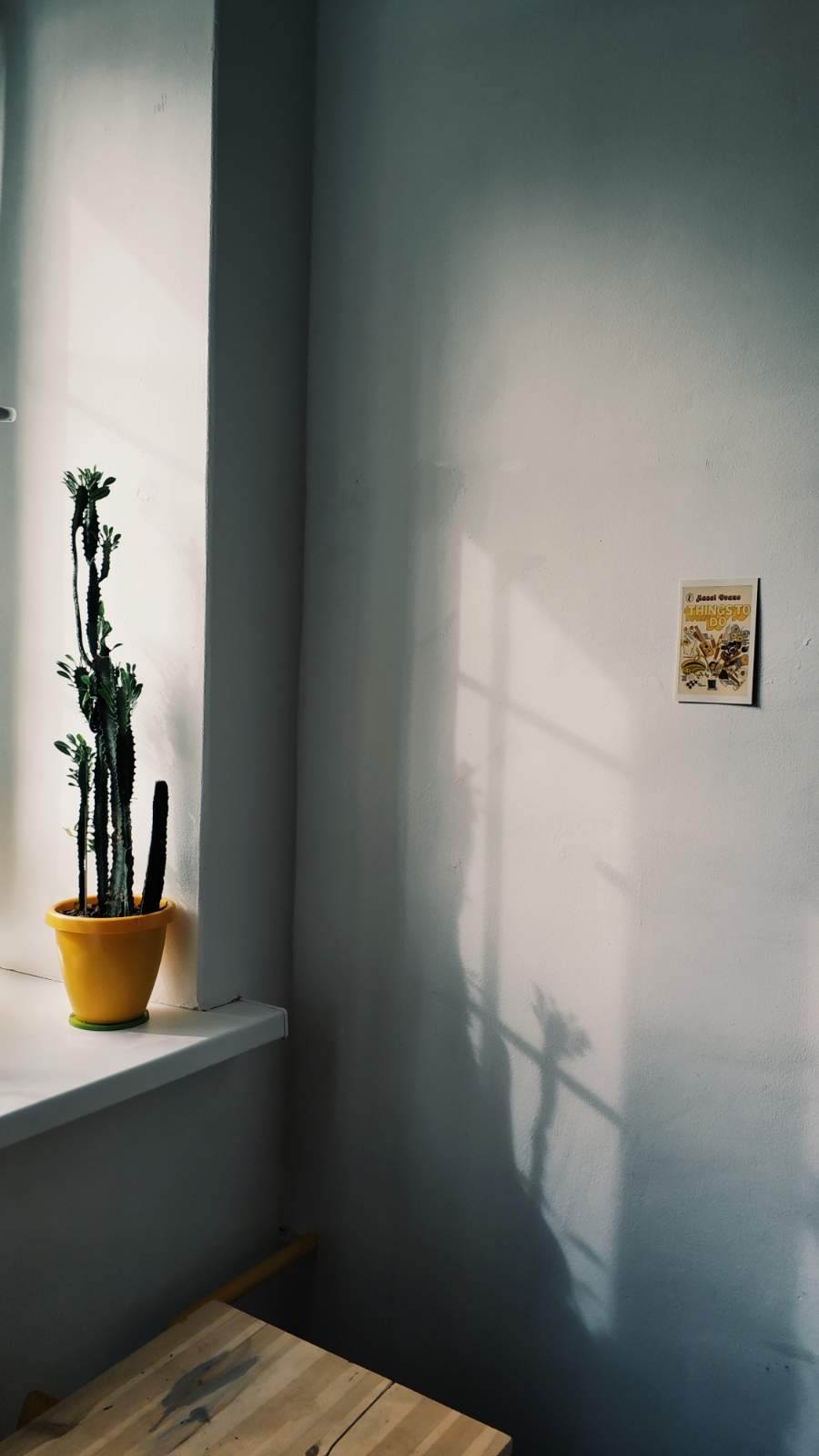
Your reason for adopting a minimalist lifestyle gives you the answer. Do you want to save money or get rid of clutter? Do you feel like you have too many unnecessary things? Or are you hopping on the minimalist bandwagon because your friend raved about it?
You want to change your lifestyle for you. Keep in mind; minimalism isn’t something you can easily hop in and out of. We change life-long habits when adopting the minimalist mindset, which takes a lot of work and dedication. I wouldn’t recommend pursuing this lifestyle if you know you wouldn’t be able to handle it.
Analyze Your Belongings
Minimalism starts at home. So, check everything you have and start to separate things you may not need.
If there ever was something you bought just because now is the time to do away with it. From the kitchen to the shoe cupboard, you’ll want to do a thorough investigation of everything you have so far and think about the value these items add to your home. Is it all taking up too much space? Is it a family heirloom? Or are you hanging onto it because of no particular reason?

The main point of minimalism is to clear out the useless things in your life, including your possessions. Take pre-emptive steps and throw away any empty or meaningless things you don’t need. You’ll be surprised by how much you’ve hoarded in the past.
Set Up Your Zones
You’ve decided that you have what it takes to be a minimalist God. Here’s what you do next: choose a room that needs changing.
Don’t choose a primary zone, like the bedroom or living room. Instead, start with the kitchen. The first step of minimalism is purging your home of everything that’s pulling you back. Start by creating give boxes, which should be categorized as donate, sell, keep, recycle, and trash.

Next, take the nearest cabinet and start taking out everything, one by one. Think about each item and put it in the boxes. If it’s old Tupperware that’s missing a box or a lid, it goes into recycling. If it’s old menus, that’s trash. Old bowls and cutlery you don’t use that go in the donate pile.
This is a long process, so be prepared to work quickly. The last thing you want to do is overthink every little thing that comes out of your home. The first thought that comes to your head; do it. Keep your thought process efficient and straightforward. You’ll soon realize how much you’d been hoarding without even knowing.
Do Not Keep Anything Broken
And that includes the bigger items.
Minimalism is not based on some mythical mumbo-jumbo. It’s all about showing you how things affect us.
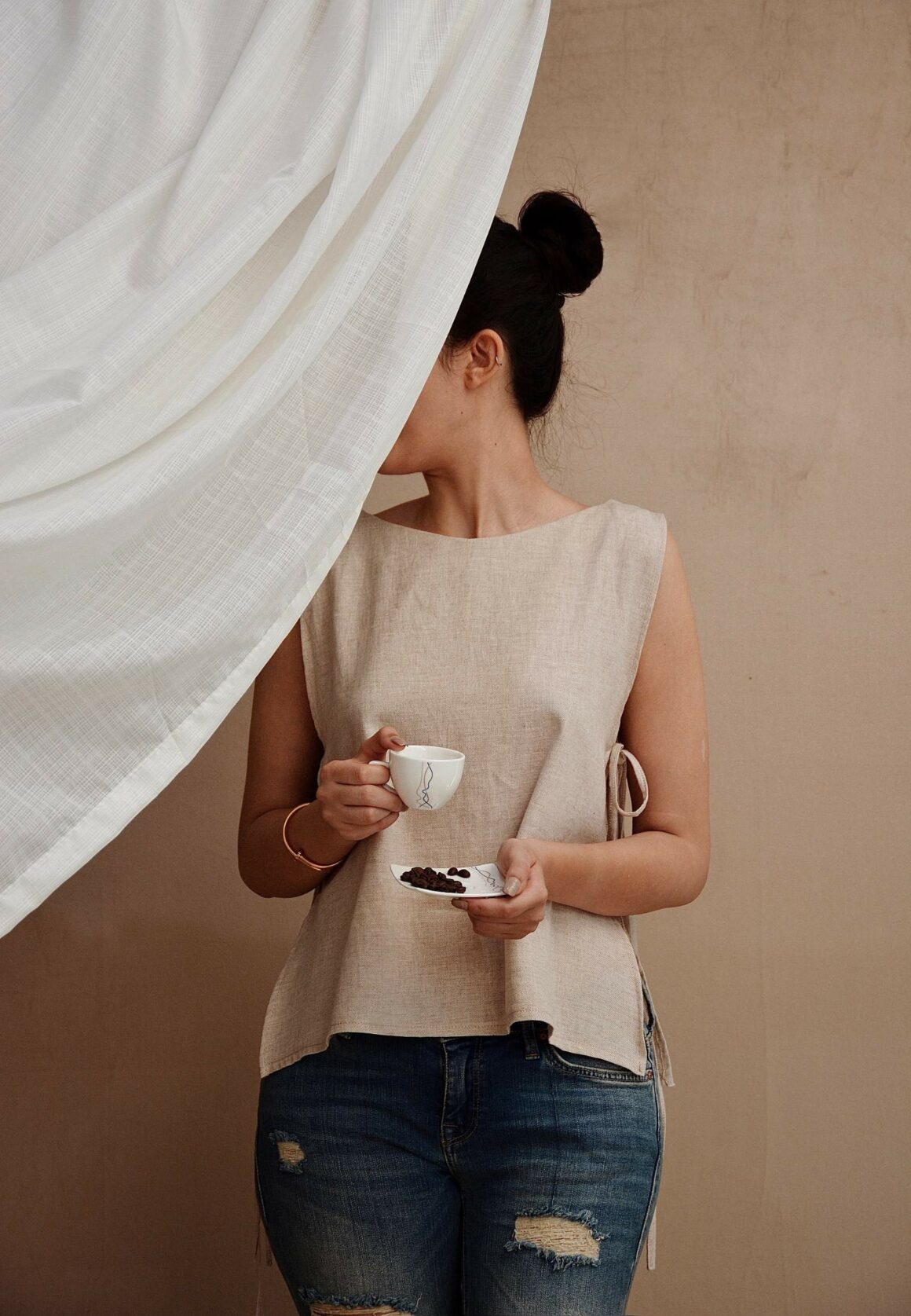
In particular, with any broken items that you keep around the house, how it affects you is by adding a layer of drudgery and mess to the room. It’s something that’s not good enough, but you keep it anyway. And that can have the power to affect your mood.
Now, switch that thing with something fully working. You’ll notice how refreshed you feel. Even if it’s nominal, you’ll notice a weight that’s been lifted off your shoulders. The things we surround ourselves with affect us. Remove anything that adds a negative connotation to your day.
It doesn’t matter if it’s a broken mirror, a broken makeup brush, a broken lock, or even a broken bed frame. These things must not remain in your home. You can find something better, so don’t settle for anything less.
Don’t be dismayed by the Result
You might have thrown away ten percent of the things you own. You may have thrown away seventy percent of the things you own.
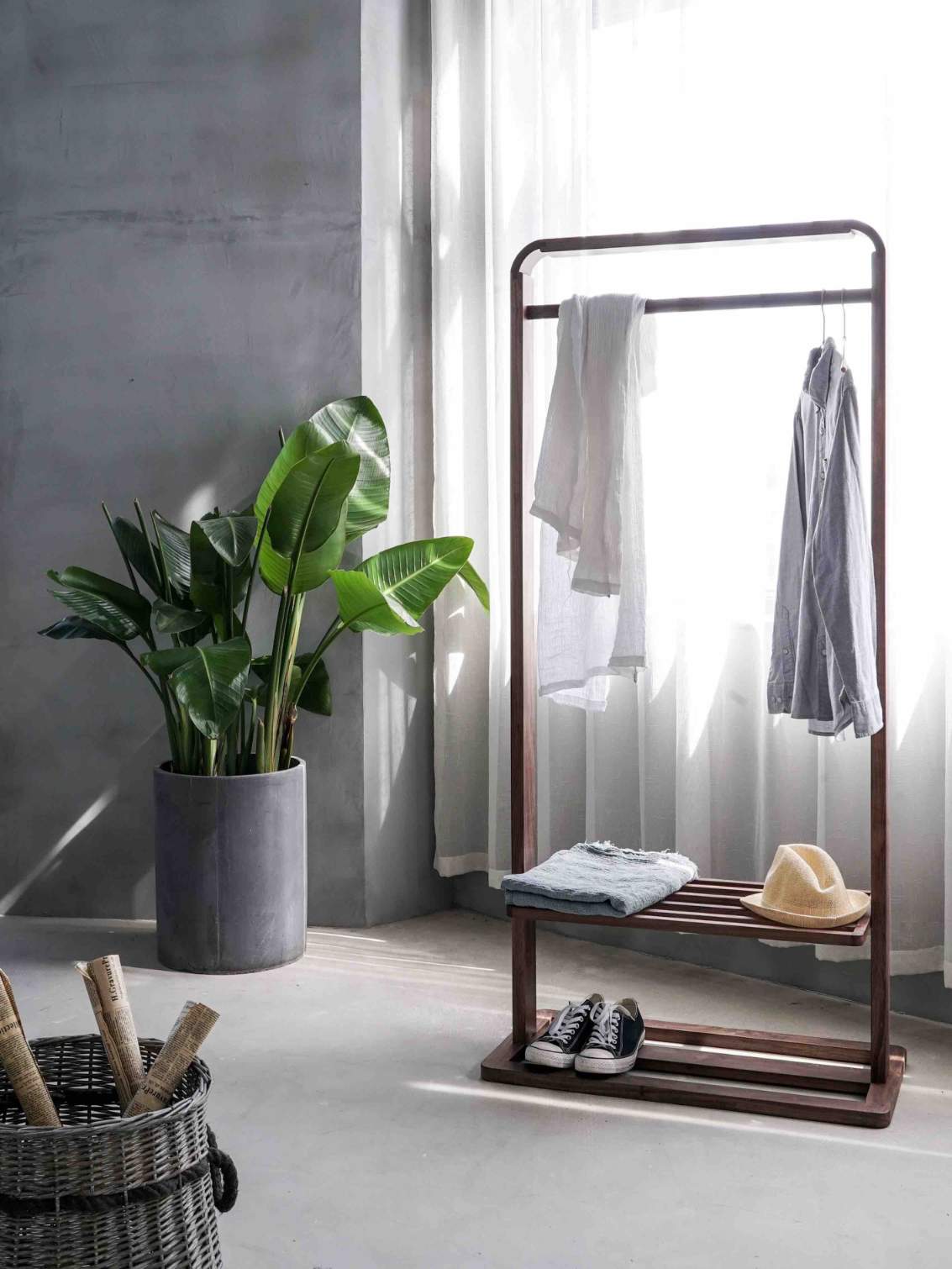
Either way, you may be feeling a little dismayed by the results. Don’t give in. Your home might look the same, or it may look like an empty warehouse. Either way, it’s progress, no matter how big or small. And you should be proud of yourself either way.
Don’t be worried about the timespan if it takes too long to throw away things from your home. Instead, think of the moments you’ll have when you introduce something new into the house. And if you’ve let go of too much, don’t think that you’ve made a mistake.
You might feel uncomfortable now. But it will become easier when you realize just how much space you have. Instead of living in an empty space, use this chance to create a living area where you’ll thrive and grow. Add a yoga corner, a reading nook, a nap area—do what makes you happy. And an element of meaning to every corner of your home.
Don’t Mistake Myths for Facts
For example, it is a myth that minimalism does not allow color.
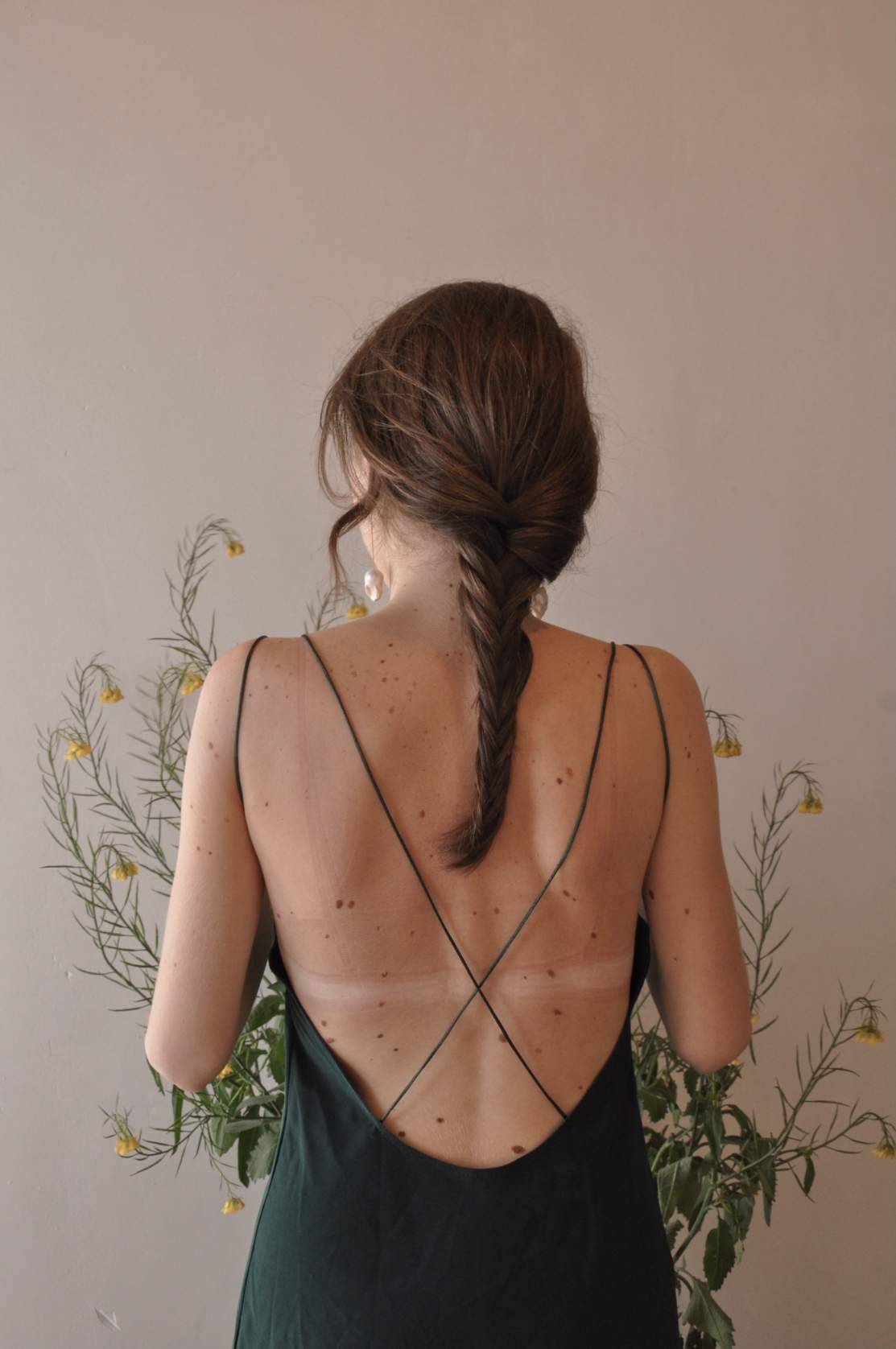
While designers use pastel or monochromatic colors when creating a minimalist living space, this doesn’t mean you have to limit yourself to colors like black, white, grey, sand, and camel too. Focus on the type of home you want, and forget the rest.
Yes, minimalism does ask that you be selective with your color scheme. But, if you love navy blue and pink, there’s no reason why you cannot have a navy blue and pink home. There’s no right or wrong when it comes to decorating your home in a minimalist style. All it asks is that you curb your consuming habits and instead try to find contentment in your surroundings.
Minimalism doesn’t force you to create an environment that ticks all the right boxes only fashionably. It lets you explore your style. And that’s a great mindset to have when you feel overwhelmed.
Give Yourself Plenty of Time
Minimalism does not occur overnight. It will take time before you’re able to let go of your old habits.

If you fall off the wagon once in a while, don’t be too hard on yourself. Give yourself time to understand your new way of consuming. Take these moments to look at yourself and the temptations and triggers that surround you. If something always attracts you but doesn’t actually offer any use, think to yourself, why does this tempt me so?
Resisting temptations is not an easy task. It’s a battle against habits you’ve acquired over a lifetime, and it can be difficult to curb your mood and let go of things that supposedly made you happy. Give yourself time and be kind to yourself.
Use these moments instead to make better choices. Replace your triggers with better habits. And dive deep into your psyche, and find out how you can simplify your life. You’ll realize how beneficial this method of thinking is once you get rid of things that distract you.
Practice Gratitude
Not in the way your mom taught you, but similar!
Along with being grateful for the people who surround you, be grateful for the things you have. Right now, everything you have at home serves a purpose. And it does so every day. By grateful for what you have, you’ll see that you don’t really need all that your mind pestered you on.
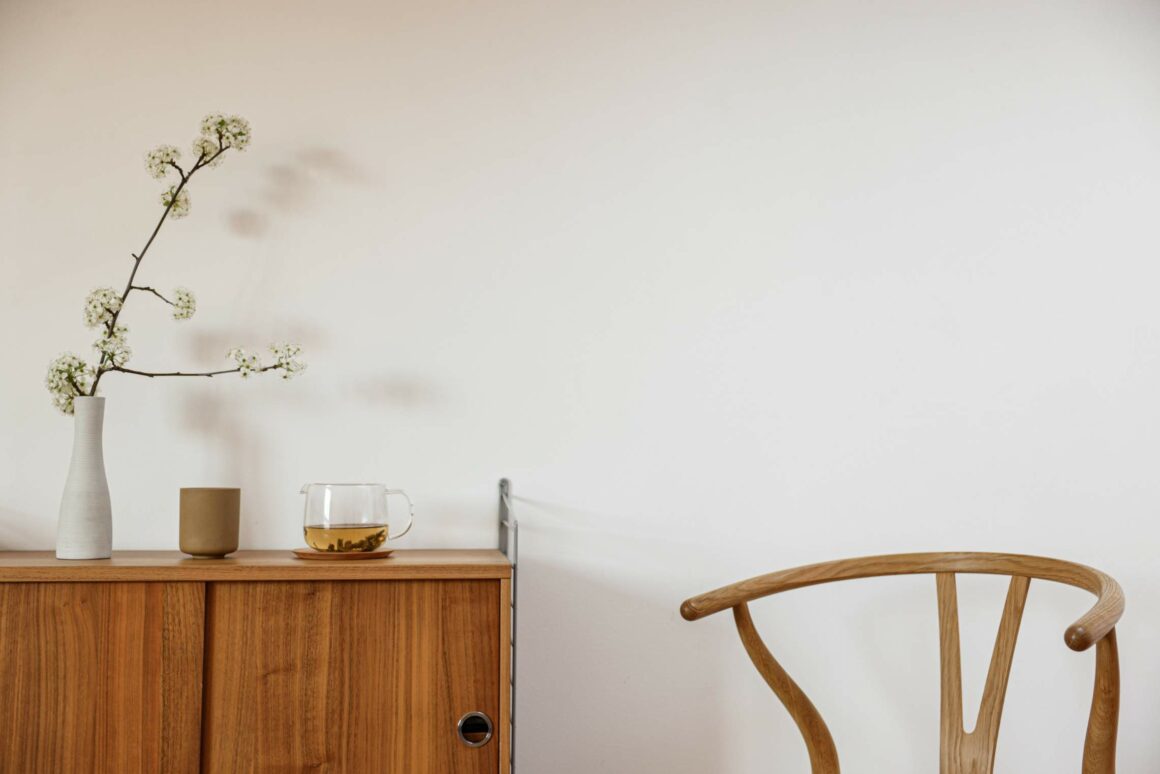
You’ll feel happier, positive, and gratified at the things you possess, and you’ll be surprised by how much you kept at home without needing it.
The things we have can help others so much more if we give them a chance. As long as you’re focused on the practical things you need, you’ll be able to give your other pre-loved possessions a new home. And that will make you feel charitable and grateful because you’ll have ticked everything off your list. And now, your things will make someone else happy.
That will start you on a new path toward becoming a mindful minimalist.
Final Thoughts
This is only the start.
The minimalist lifestyle takes a long time to get used to, but it’s gratifying and detoxifying when you get the hang of it. So, go ahead and embark on the journey. It will feel intimidating. But by the end, you’ll know you’ve done the right thing for your mental peace and stability.

